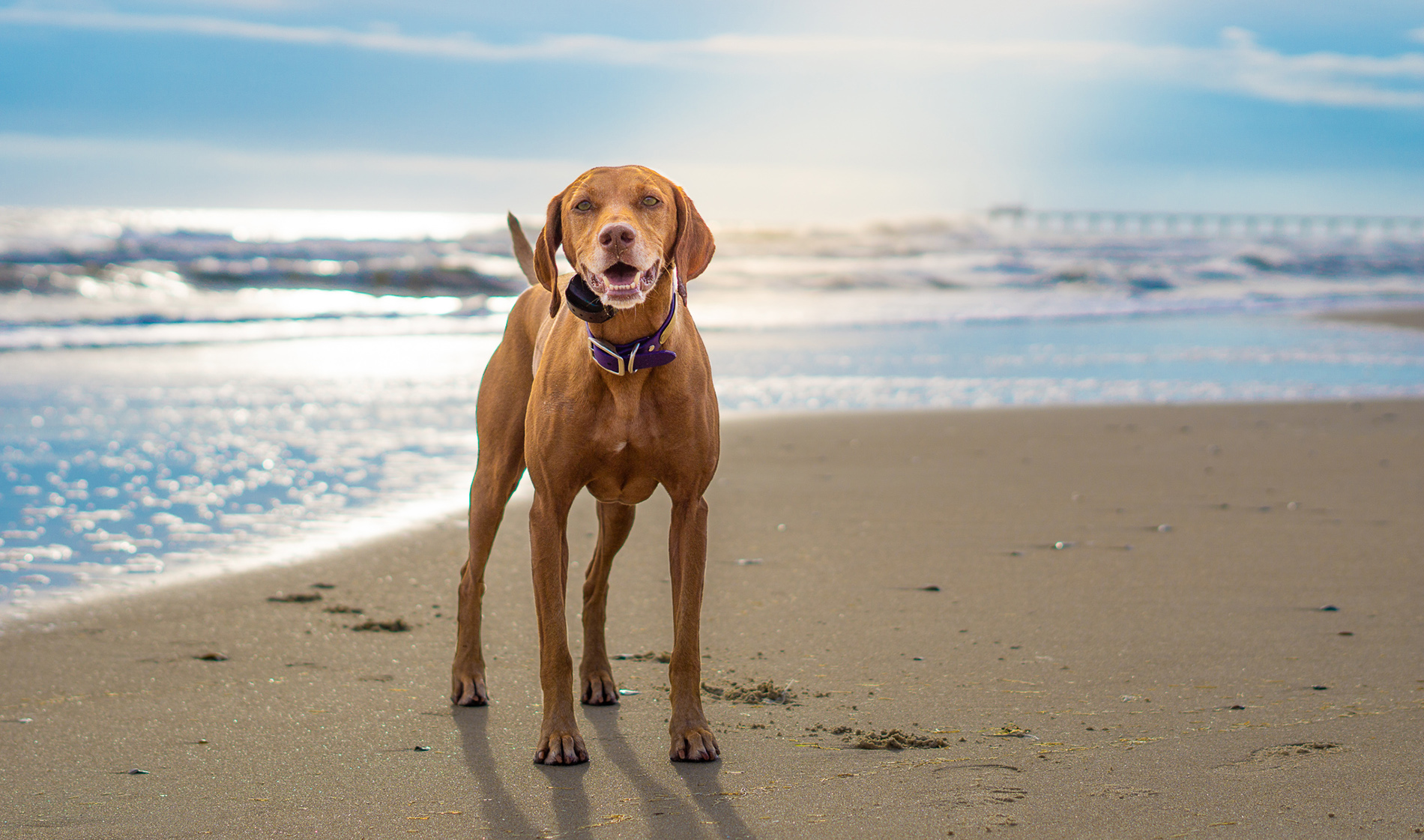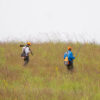Although it will likely be several more years before we get another puppy, sometimes I can’t help but think about the things I will do differently with the next puppy. Of course I love Zara and Colombo and I have spent A LOT of time training them, especially Zara. But as a first-time dog owner, there were things I didn’t know when we got Zara seven years ago.
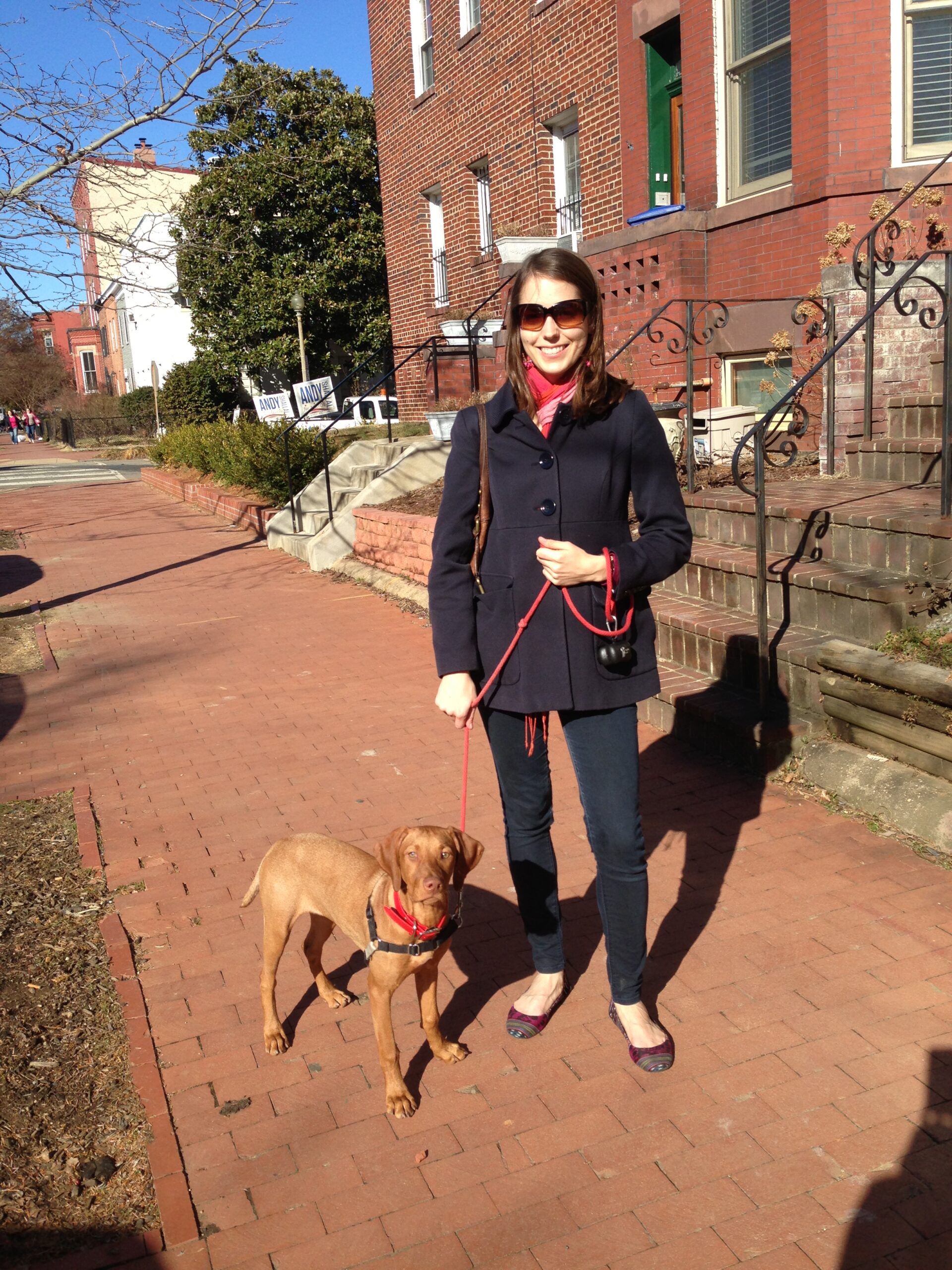
Leash-walking four-month-old Zara. We already needed a “no-pull” harness at this point because she was getting strong.
Leash Training
This is one thing I feel like I failed at teaching Zara when she was younger. I knew that I wanted a dog who walked nicely on a leash, but I didn’t have a good idea of how to achieve that goal. Zara also struggled with loose leash walking, which is different than heeling. When we attended obedience classes, they always emphasized loose leash walking, which is the dog walking without any tension in the leash. However, they don’t have to be walking right next to you – they can be slightly ahead or behind. Heeling is a more precise behavior. The dog must walk next to the owner’s side the whole time. I found that teaching Zara to heel was easier, because it was more of a defined behavior. She finally learned to heel when she was five. Even now, she cannot walk nicely on a loose leash. She is either heeling or trying to pull me.
With my next puppy, I will not allow pulling on the leash and I will teach heeling at a much younger age. Leash walking is something that happens almost every day, so it’s a very important skill. This is not something I really thought about when Zara was a puppy.
Place/Settle Training
“Place” is a command that I didn’t know about until Zara was four or five years old. None of our trainers talked about it and it wasn’t until I got into the bird dog world that I started learning about it. Teaching place involves sending the dog to stay on an elevated platform, dog bed, or mat. They can move around, but they can’t leave the platform until released. It’s a very useful command for getting a dog to settle down. When Zara was little, we were very focused on constantly trying to tire her out physically. But techniques like place training tire dogs out mentally, and that is often just as effective. This is definitely something I will introduce when the next dog is young.
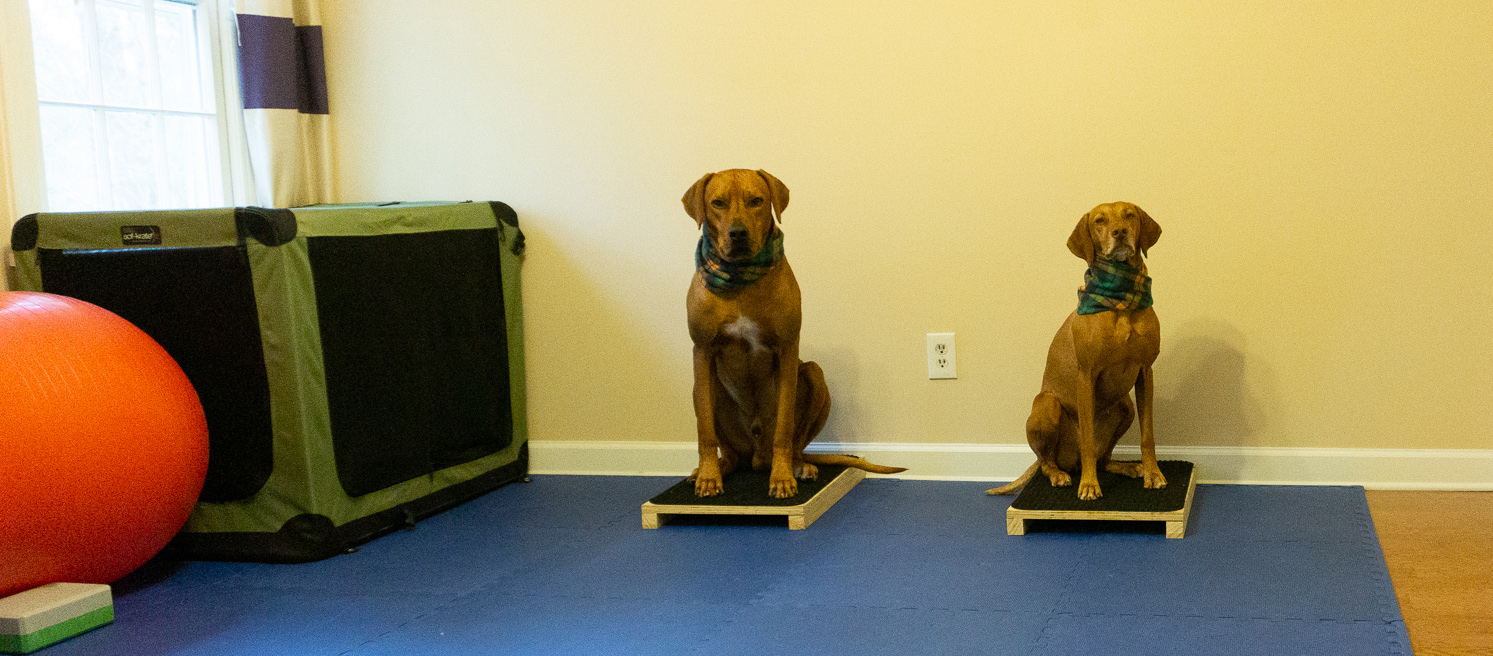
Zara and Colombo practice remaining on place.
Early Retrieve Training
When Zara was a puppy, if she picked up an object she wasn’t supposed to have, we immediately commanded her to drop it. We also told her to drop her toys when we were playing retrieving games with her. This made it difficult when I finally decided to teach her to retrieve birds. With my next dog, I will encourage her to carry things and bring items to hand, even if they are items she’s not supposed to have.
Exposure to Birds at an Early Age
My next puppy will hopefully be another vizsla (still trying to convince my husband ;) and I will definitely want one from field lines. Although Zara’s parents are both field trial dogs, she didn’t have her first real exposure to birds until she was 15 months old. She had limited bird contacts until she was almost four. That’s because we didn’t get Zara with the intention of hunting with her or training her for bird dog competitions. That will not be the case with my next puppy. I will make sure she has opportunities to experience birds from the beginning.

Zara’s first DIY raw meal in 2016. She was about two and a half years old.
Feeding Raw From the Beginning
Now that I’ve been feeding DIY raw for more than four years, I feel confident that I would be able to feed a puppy raw from the get-go. When we got Colombo three years ago, I was already feeding Zara raw. However, I’d only been at it from about a year, and wasn’t sure that I knew how to balance a large-breed puppy’s meals appropriately. Colombo ate kibble as a puppy and I switched him to raw at nine months old. I don’t think he suffered any negative effects from it, but I’d rather start off with raw with my next dog. I feel strongly that a raw diet is best for dogs. There has also been so much debate about what is the best kibble lately that I’m not sure I would know which one to pick.
Being a Consistent Leader
With my next puppy, I want to make sure that I am a strong leader and display consistency in my training. I have tried to do this with Zara and Colombo, but I haven’t done as good of a job as I would like. Sometimes I am permissive with commands that I should be enforcing. There are things I let them get away with that I shouldn’t. I don’t want that to be the case with the next dog. I want her to have respect for me and know what the boundaries are. I think this respect pays off in other ways, such as field work. A dog that respects you is more willing to work for you.
Although there are a bunch of things I’d do differently, there are a few specific things that I think we got right with Zara and I intend to repeat them with my next puppy.
Clicker Training
We were introduced to the clicker during Zara’s first basic obedience class. The clicker is a small plastic device that makes a clicking sound when the button is pressed. It’s used to precisely mark a behavior during dog training and is prepared with a reward. For example, if you tell a dog to sit, you click the clicker the instant the dog’s butt hits the ground. Then you give them a treat. The click is a more reliable marker than your voice or some other cue.
Zara is very food-motivated, so she took to clicker training very quickly. Even today, if I click the clicker when she’s not near me, she will come running to get a treat. Although the clicker is just a tool, I think it made training certain behaviors a lot easier. I even used it when I eventually taught Zara to retrieve and it motivated her to work harder, because she knew she was getting treats.
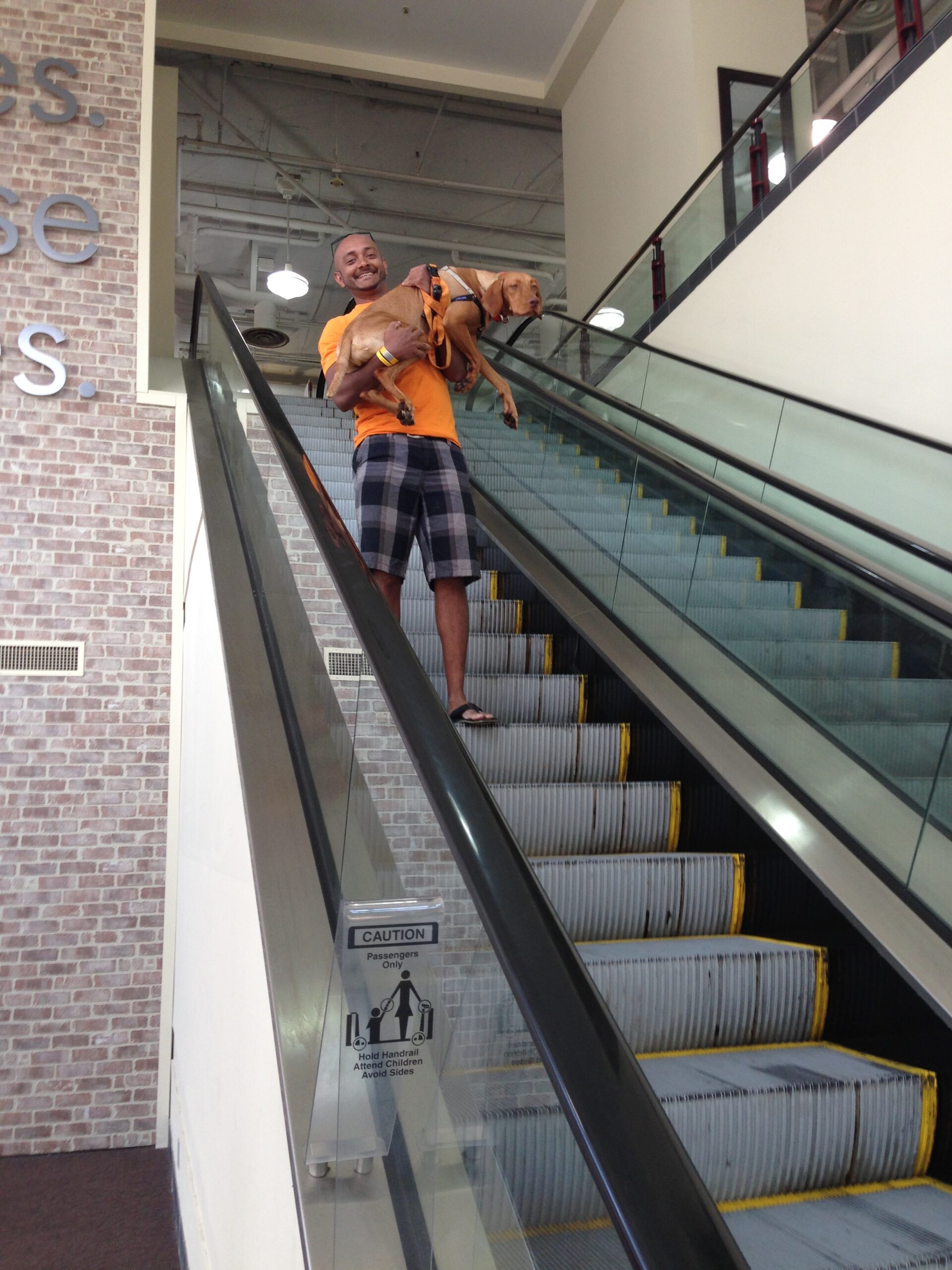
We tried to expose Zara to a variety of things as a young puppy, including escalators. Of course, she was a bit scared at first, so Chris had to carry her!
Early and Extensive Socialization
Thankfully, I knew the importance of socialization when Zara was a puppy. We spent a lot of time exposing her to people, other dogs, sights, sounds, and textures. I think that effort really paid off in making her a confident, well-adjusted dog.
Give Them the Best Life Possible
I love my dogs and they enrich my life in so many ways. I think Zara and Colombo have a pretty good life and I intend to repeat that with any future dogs. I enjoy taking them on trips, feeding them a high-quality raw diet, and letting them take advantage of their natural instincts through activities like hunting and lure coursing. Some people may say they are spoiled, but I think they deserve it! :)
Have you thought of specific things you would do differently with your next dog? Leave me a comment below.
